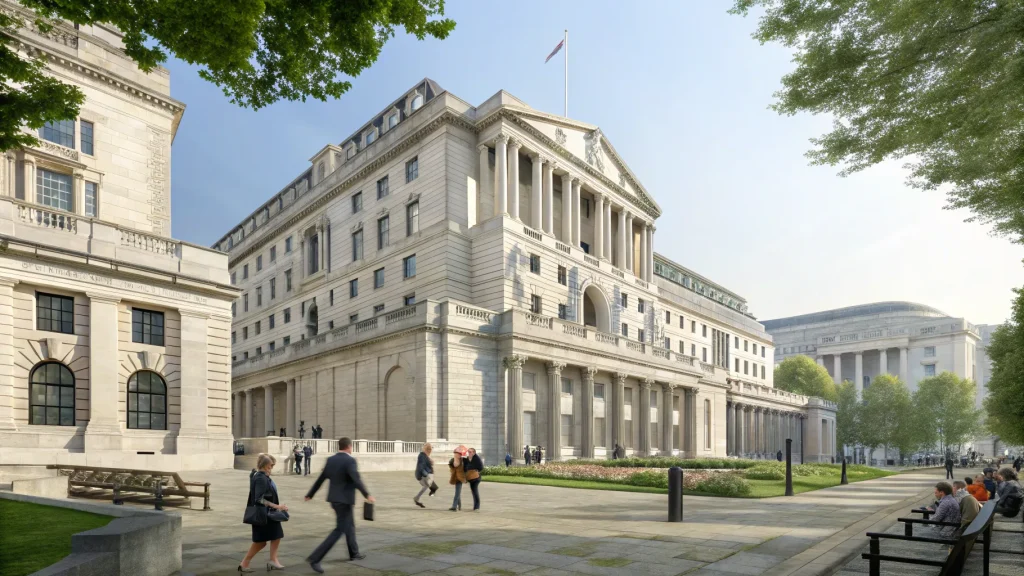Table of Contents
TogglePublic Engagement in Currency Design
BBC readers have shown considerable interest in the consultation, submitting a wide range of creative ideas for the new banknote themes. This level of engagement demonstrates the public’s connection to physical currency as both a practical means of exchange and a symbol of national identity.
The Bank of England’s approach represents a continuation of its efforts to make currency design more inclusive and representative. Previous consultations have led to significant changes in who and what appears on British money, including the introduction of figures like Jane Austen on the £10 note and JMW Turner on the £20 note.
Current Banknotes and Potential Changes
The current series of Bank of England notes features Queen Elizabeth II on the front, with historical figures on the reverse side:
- £5 note – Winston Churchill
- £10 note – Jane Austen
- £20 note – JMW Turner
- £50 note – Alan Turing
Following the death of Queen Elizabeth II and the accession of King Charles III, the Bank has already begun updating the portrait side of the notes. However, this new consultation focuses on complete redesigns for the reverse sides.
Reader Suggestions and Themes
BBC readers have proposed various themes for the new notes, ranging from celebrating British scientific achievements to highlighting cultural icons, natural landscapes, and historical events that shaped the nation.
Some readers advocate for featuring more diverse figures from British history, while others suggest highlighting British innovations or natural heritage. The range of suggestions reflects the diverse perspectives on what aspects of British identity should be represented on the national currency.
“We want our banknotes to be inclusive and representative of the UK as a whole,” a Bank of England spokesperson stated. “Public input is vital to ensure our currency reflects what matters to people across the nation.”
The Future of Physical Currency
This consultation comes at a time when cash usage continues to decline in favor of digital payment methods. However, the Bank of England maintains that physical currency remains vital for many people and businesses across the UK.
The design process for new banknotes typically takes several years, involving the development of extensive security features, artistic design work, and production planning before the notes enter circulation.
The Bank of England has not announced when the consultation will close or when decisions about the new themes will be made. Members of the public interested in contributing their ideas can visit the Bank’s website for more information on how to participate in the consultation process.
As the central bank reviews the submissions, the next generation of British banknotes will begin to take shape, potentially carrying new faces and scenes that will become familiar fixtures in daily transactions for years to come.















